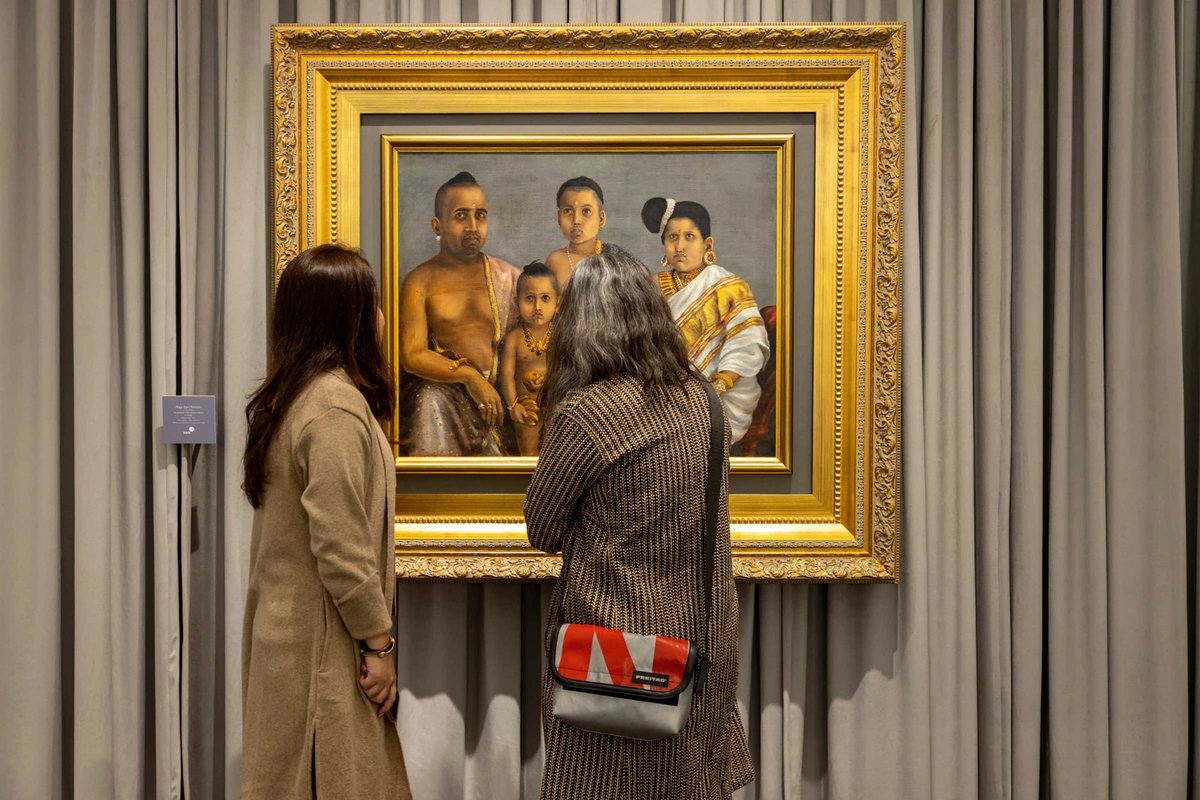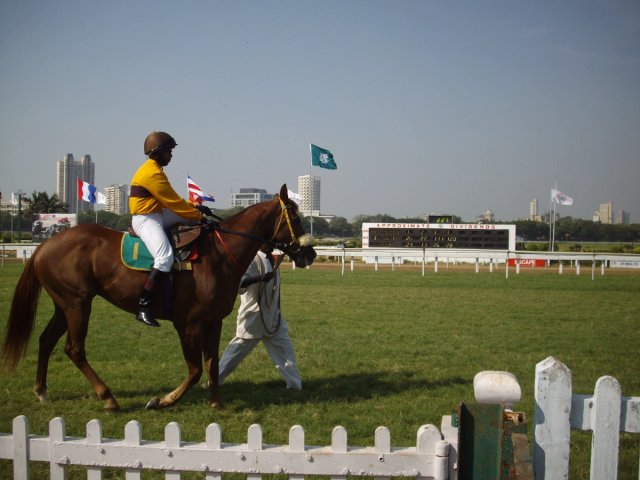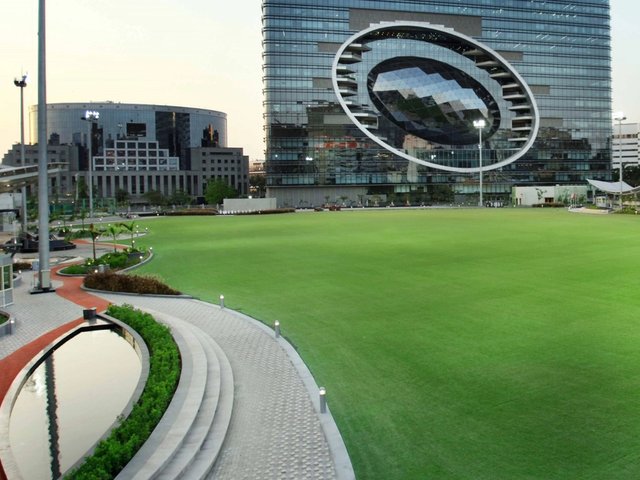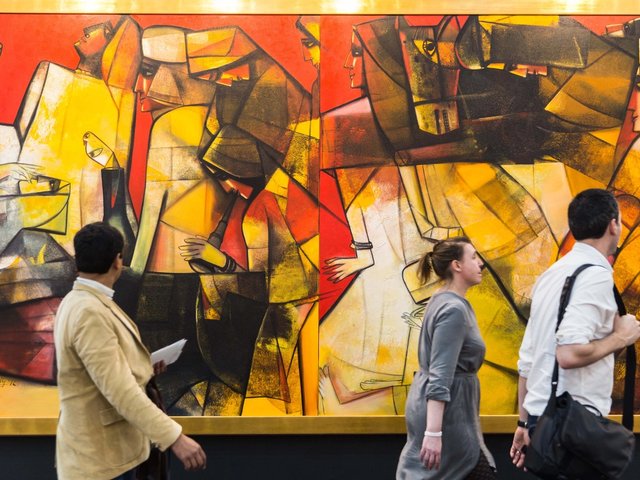India’s art market is back in the limelight. The extra column inches (including in this newspaper) come on the back of the India Art Fair’s 15th edition, staged in New Delhi in February, only three months after the well-received November launch of the country’s second fair, Art Mumbai.
Behind it all is a booming economy, bolstered by happy times in the domestic equity and property markets. Goldman Sachs and the United Nations forecast that India, already the world’s fifth-largest economy by output, will grow fastest of all in 2024, boosting its ambitions to overtake struggling China. Under Narendra Modi, the business-friendly prime minister who is looking to secure a third term this spring, the rich are definitely getting richer.
Breaking free of boom and bust
The sceptics say we have been here before. India’s art market famously boomed on the back of fervent speculation ahead of the global economic crash of 2008—then swiftly went bust. By 2018, the nation’s art trade was looking stronger again, only to be devastated by the Covid-19 pandemic.
But the talk on Delhi’s traffic-heavy streets is that things are different now. The well-founded belief is that a growing and aspirational middle class, a large population of well-educated Millennial and Gen Z enthusiasts, the increased accessibility of art through social media, plus the lessons learnt from the pre-crash gambles, will all serve as building blocks towards a more sustainable market.
Also in India’s favour is its well-established reliance on private sector philanthropy and corporate support. The country’s relative paucity of state-run museums—a trait once seen as a cultural disadvantage—increasingly looks like an enviable opportunity as institutional support wanes elsewhere in the world. There are always complications when the money comes from high-net-worth individuals, but champions of India’s public-private dynamic point to the United States as an example of the longer-term cultural success the arrangement can breed.
Another important lesson learnt along the way has been to focus on being national before international. The India Art Fair, launched with overtly global ambitions in 2008, now commits to sourcing 80% of its exhibitors from South Asia. The auction houses speak less about non-resident Indians and more about residents while successfully selling the country’s 20th-century Modernists. Dealers, meanwhile, say they are looking beyond Delhi and Mumbai, with talk of a growing clientele in Bangalore, Hyderabad, Indore and more. The 25% import tax on art also probably helps refocus minds inward.
There are still limits within India’s domestic art market. In a country where a half-hour Uber ride costs $3 (tip included), the middle classes cannot be ready for prices that begin in the four figures for items whose value they don’t fully accept. And in a country of 1.4 billion people, there are still only a handful of commercial galleries—a reminder of the swathes of Indians who must be converted to collectors before the trade can become self-sustaining.
What there is in abundance, though, is genuine collaboration. Corporations, wealthy individuals, galleries, biennials and fairs are making art accessible through mechanisms such as free entry, tours for schoolchildren and simply putting work where people will actually see it, at heritage sites and shopping malls. This is not purely altruistic—such moves help to create the desire that leads to buying, a trajectory that the luxury brands understand all too well. But this time around, the art market’s protagonists say they are willing to wait.





